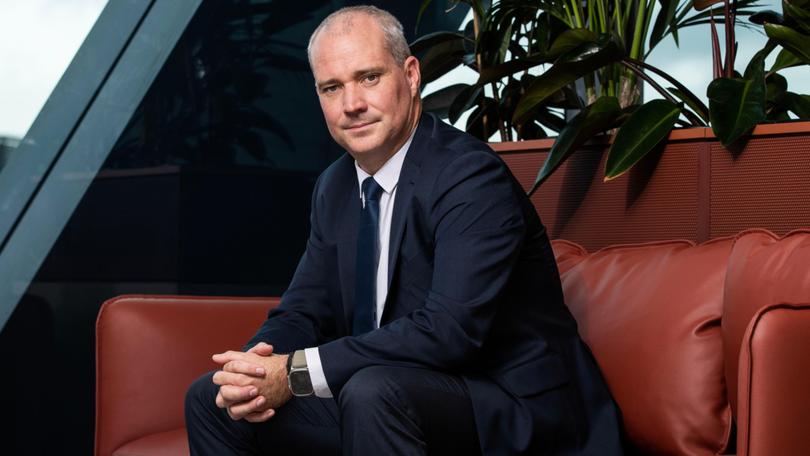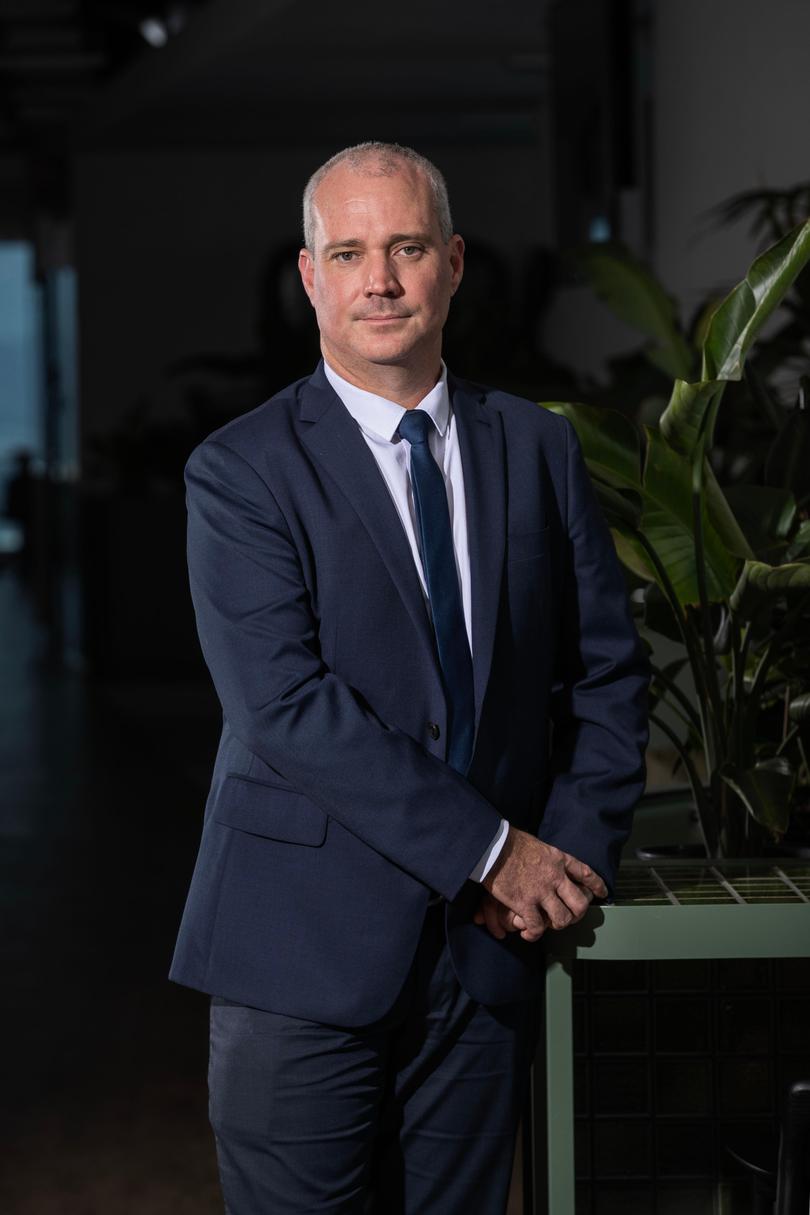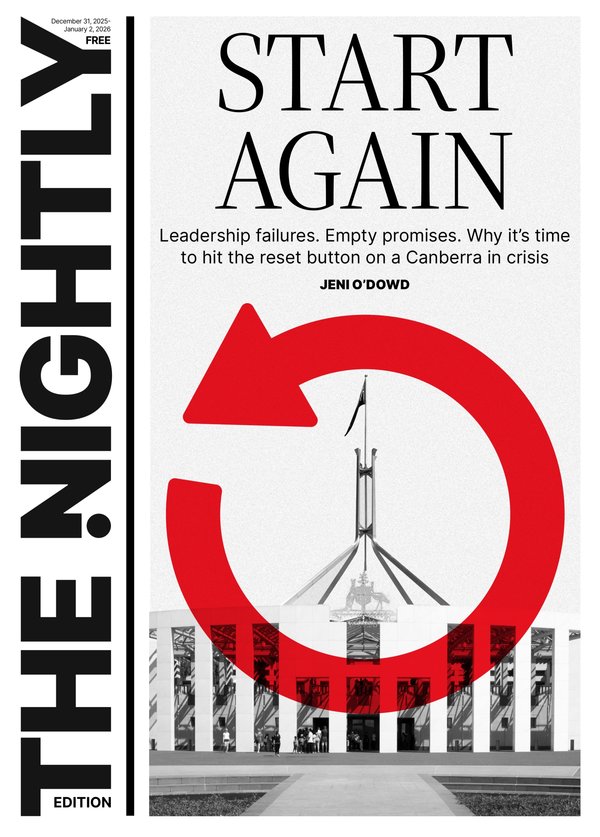New BHP boss Tim Day outlines vision for WA iron ore

With his roots as a bulldozer operator on Queensland coal mines, BHP’s new iron ore man is an “operator by heart”, unabashedly parochial about the Pilbara, and has big plans to make the Big Australian even more efficient.
Raised near the rum district of Bundaberg, a career in resources was not originally on the agenda for BHP’s Western Australia Iron Ore President Tim Day, who was readying to study aeronautical engineering at university until mining piqued his interest.
With the exception of a brief stint at Anglo American (ironically, the London-based miner that BHP was trying to buy up until last month) that interest transpired into a steady accession through the sprawling org charts of the Big Australian, where he built a knack for pulling teams together and getting new mines off the ground.
Sign up to The Nightly's newsletters.
Get the first look at the digital newspaper, curated daily stories and breaking headlines delivered to your inbox.
By continuing you agree to our Terms and Privacy Policy.Among those roles was running BHP’s newest mine, South Flank, which hit a nameplate capacity of 80 million tonnes per annum in April.
He was initially pipped to the top job in iron ore by his predecessor Brandon Craig in 2020 after a “trial by fire” running the division for a year, before getting called four years later in as the new president in February.
His priorities in the few months since have been people.
“It’s always people,” he tells The West Australian.
“The only thing that really matters is making sure that people are safe, aligned and understand where we’re going, and trying to meet and understand as many as I can.
“One of the things you got to be careful about coming back into an area that you used to work in is you don’t make assumptions that it’s how it used to be. And then from there trying to understand the business a bit more, because it’s changed a bit since I was away.”

Asked about his vision for BHP’s iron ore operations, Mr Day says he is an “operator by heart” and will be keen to get down to the fundamentals of “doing the basics really well”.
He wants to make BHP’s precisely sequenced iron ore operation even more efficient by tightening up its autonomous operations, and maintenance and reducing staff turnover in the face of headwinds on costs and a broader slump in mining productivity.
“You’ve got to hit the efficiencies, hit the productivity side as hard as we can, and move the business as much as we can because the flip side is that things are getting more expensive.”
Outside of the corporate sphere, the Queenslander also has big ambitions to lift the profile of the Pilbara and believes there’s a lack of understanding about what WA puts in for Australia.
“One of the things I think that would be really helpful in the Pilbara is raising its profile and understanding that actually, this State is fantastic and there’s some awesome investment going out there that actually pays for a lot of what goes on inside of Australia.
“That dynamic is a really important piece that people like myself in privileged roles should be really actually making sure the entire society understands it.”
He takes over the division continuing BHP’s ambitions of lifting the yearly iron ore output from the Pilbara to more than 305mtpa, a goal the miner has been pitching as “medium term” since 2022.
A timeline included in BHP’s most recent annual results has WAIO in the execution phase towards that target between the 2025 and 2028 financial year.
Mr Day said there were a “number of projects” rolling out across rail and port infrastructure over the next three and a half years that would allow for the movement of more tonnes, to ultimately push WAIO over the 300mtpa mark.
This includes WAIO’s ‘rail technology project’ which would in essence use a moving signalling system instead of a fixed one to get more trains carrying tonnes of iron ore moving on the rail line.
Part of the broader mission to lift tonnage involves debottlenecking projects at WA’s iron ore export gateway at Port Hedland by adding additional car-dumpers routes and yard expansions. BHP also started using automated ship loaders in 2022.
“And then beyond that, it’s a matter of what do we invest in? What do we actually go and build, or not, to actually go beyond that 305 (mtpa) sort of vicinity,” he said.
“We run a tight business right through and we invest where we know we’re going to get the value of that particular tonnage from through the system. And the 305 is a number that we can get to without major investments,”
BHP eventually wants to hit 330mtpa, which would put it on par with current output from rival Rio Tinto. Studies for that exercise are also ongoing with a feasibility study outlining potential pathways to that goal expected in the 2025 calendar year.
Originally published on The Nightly
